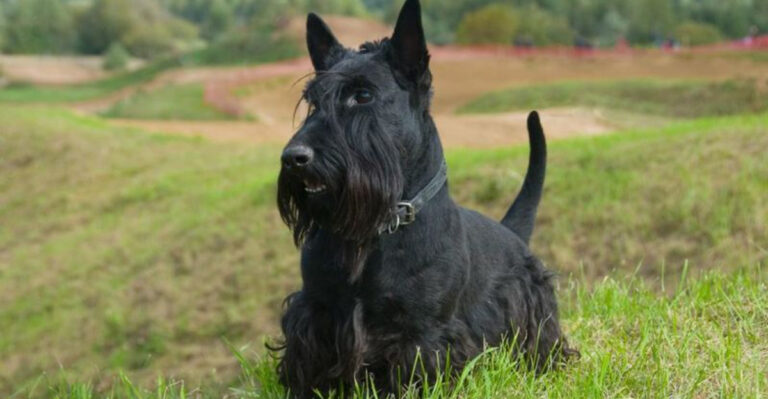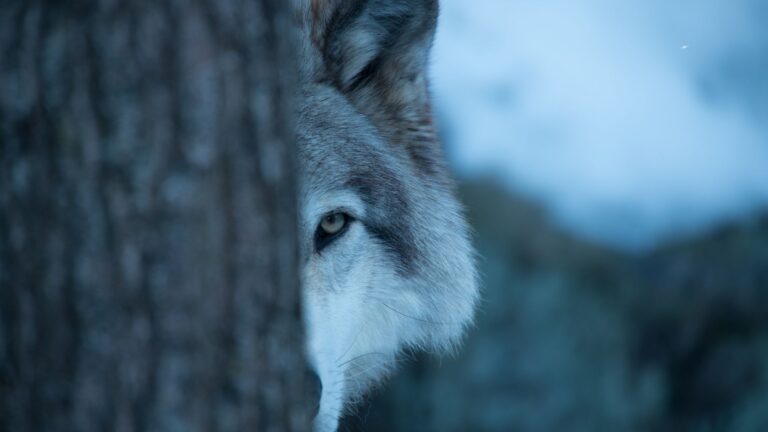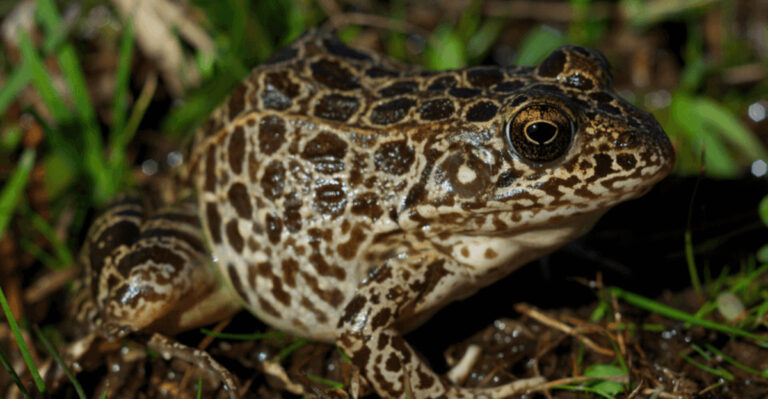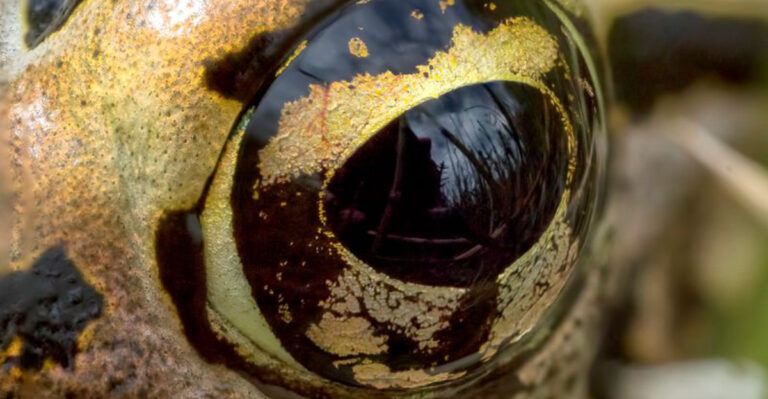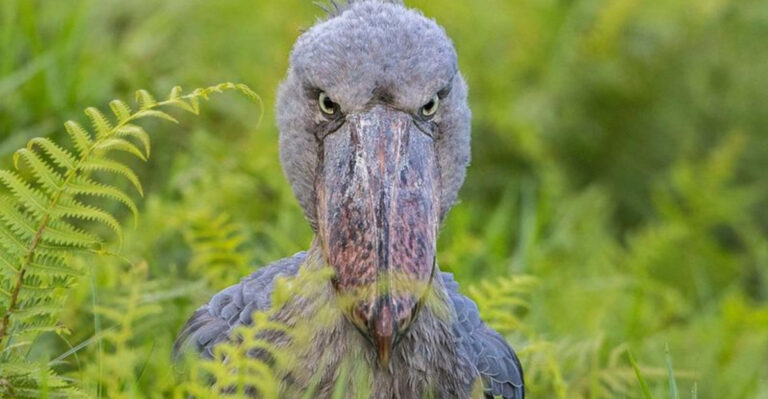15 Iconic Animals That Make Wyoming A True Wildlife Paradise
Wyoming’s vast landscapes provide a perfect sanctuary for some of America’s most magnificent creatures.
From the rugged mountains to the sweeping plains, this state boasts an incredible diversity of wildlife that draws nature enthusiasts from around the world.
Whether you’re exploring Yellowstone National Park or venturing into the Wind River Range, you’ll find yourself face-to-face with animals that embody the wild spirit of the American West.
1. Majestic Bison – America’s Largest Land Mammal
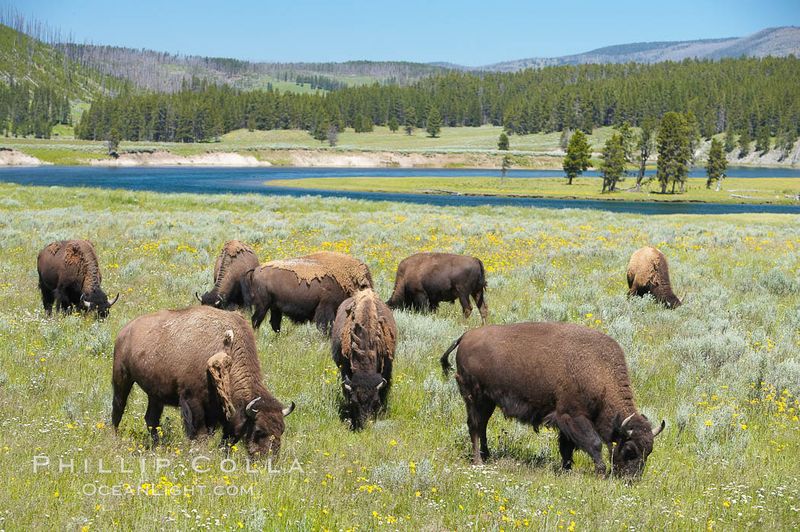
Thundering across Wyoming’s grasslands, bison represent a living connection to America’s wild past. These massive creatures, weighing up to 2,000 pounds, once numbered in the millions before being hunted to near extinction.
Today, Wyoming hosts one of the few remaining wild bison herds in Yellowstone National Park. Their distinctive humped shoulders and shaggy coats make them unmistakable against the prairie backdrop.
Watching a herd move across the landscape is like stepping back in time. Despite their size, bison can run up to 35 mph – faster than the speediest human!
2. Grizzly Bears – Yellowstone’s Powerful Predators
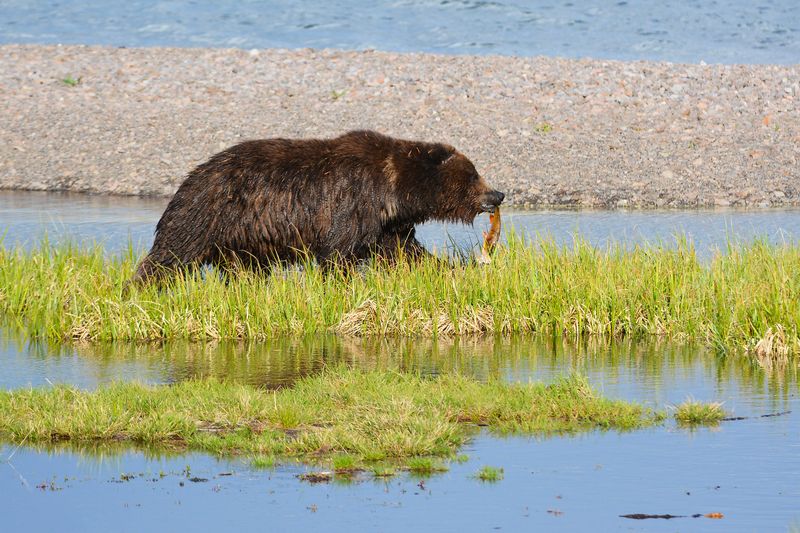
Nothing gets your heart racing like spotting a grizzly in Wyoming’s wilderness. These massive brown bears, with their distinctive shoulder humps and long claws, embody the raw power of nature.
Wyoming’s Greater Yellowstone Ecosystem houses about 700 grizzlies that roam freely across vast territories. Their incredible sense of smell – seven times better than a bloodhound’s – helps them find food up to 18 miles away!
Despite their fearsome reputation, grizzlies mostly eat berries, nuts, and roots. Watching one from a safe distance as it digs for food or teaches cubs to fish creates memories that last a lifetime.
3. Gray Wolves – The Comeback Kings
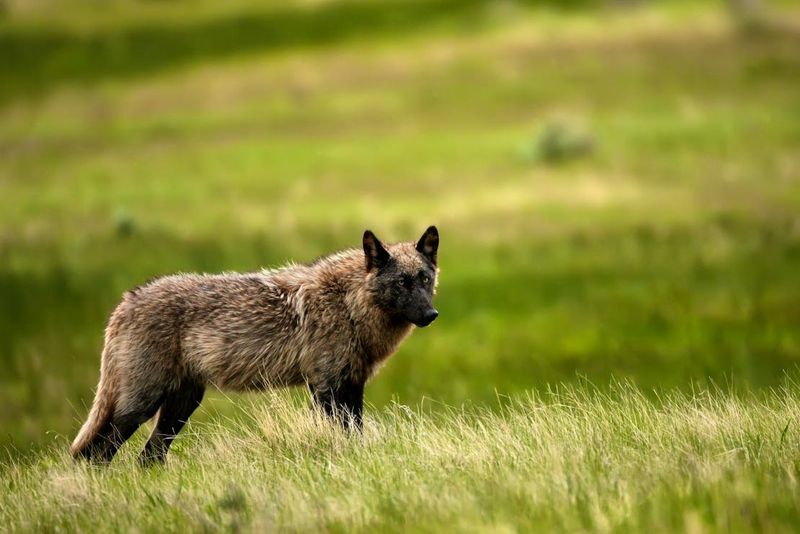
Once completely wiped out in Wyoming, gray wolves have made an incredible comeback story. After reintroduction to Yellowstone in the 1990s, these intelligent predators have reclaimed their role in the ecosystem.
Moving in highly organized packs, wolves communicate through howls that can carry for miles across Wyoming’s valleys. Their return has triggered a cascade of positive changes throughout the food web, even affecting river patterns!
Wolf watchers gather in Lamar Valley at dawn and dusk, hoping to glimpse these elusive animals. With their piercing yellow eyes and coordinated hunting strategies, wolves remind us how wilderness should function – wild and unrestrained.
4. Pronghorn Antelope – North America’s Fastest Land Animal
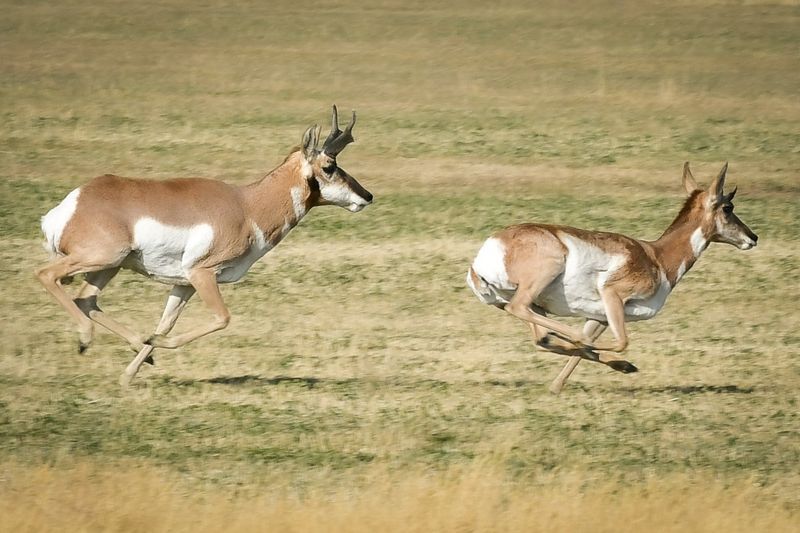
Built for speed, pronghorns can outrun any predator on the continent at a blazing 60 mph. Their tan bodies with white patches flash across Wyoming’s sagebrush plains like living lightning.
Though commonly called antelope, these unique animals aren’t related to true antelopes at all. They’re the sole survivors of an ancient family that evolved in North America millions of years ago.
Wyoming hosts more pronghorns than people! Their huge eyes – almost as big as an elephant’s – give them exceptional vision to spot predators from miles away. Each fall, they undertake one of the longest land migrations in the continental United States.
5. Moose – Gentle Giants Of The Mountains

Standing taller than a horse with antlers spanning six feet, moose create an unforgettable impression in Wyoming’s wetlands and forests. These solitary giants wade through streams and marshes, using their broad snouts to grab aquatic plants.
Males grow massive paddle-shaped antlers each year, only to shed them in winter and start fresh in spring. Despite their gangly appearance and seemingly awkward movements, moose swim exceptionally well and can run faster than humans.
Dawn visitors to Grand Teton National Park often find these magnificent creatures feeding peacefully in misty marshlands. Just remember – despite their calm demeanor, moose can be dangerous when startled or protecting calves.
6. Bighorn Sheep – Masters Of The Impossible Cliff

Perched on seemingly impossible ledges, bighorn sheep navigate Wyoming’s steepest terrain with astonishing ease. Their specialized hooves feature grippy outer edges and soft centers that mold to rock surfaces like natural climbing shoes.
Males battle for dominance by charging each other at speeds up to 20 mph, their massive curved horns colliding with a crack that echoes through canyons. These spectacular contests can last for hours!
Wyoming’s bighorns faced near extinction in the early 1900s but have rebounded through conservation efforts. Spotting a group scaling a vertical cliff face or rams locked in combat remains one of Wyoming’s most dramatic wildlife spectacles.
7. Trumpeter Swans – Winter’s Elegant Survivors
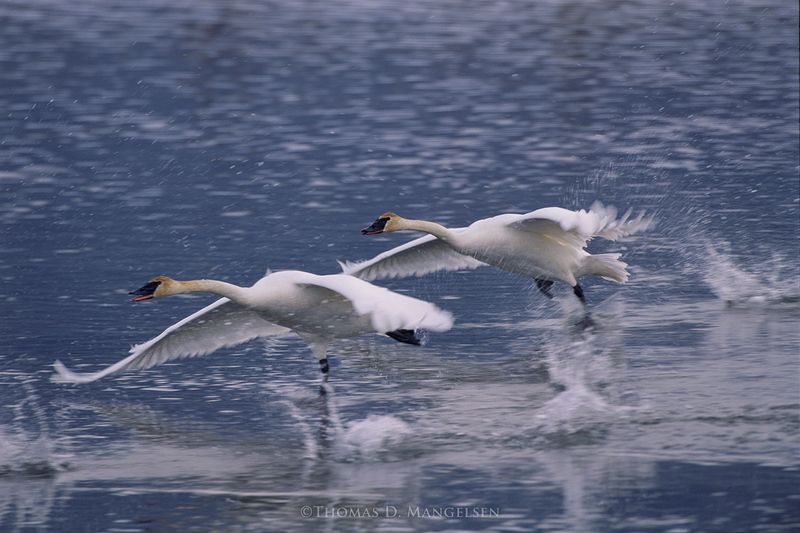
North America’s largest waterfowl finds sanctuary in Wyoming’s ice-free waters during harsh winter months. With wingspans reaching seven feet, trumpeter swans create a breathtaking sight against snowy landscapes.
These majestic birds mate for life and can live over 25 years. Their deep, resonant calls – like distant trumpets – carry across Wyoming’s valleys and wetlands, announcing their presence long before they’re seen.
Once hunted to just 69 birds nationwide, trumpeter swans have made a remarkable recovery. Wyoming’s geothermal waters provide crucial winter habitat, keeping sections of rivers and lakes unfrozen when temperatures plummet below zero, allowing these magnificent birds to survive the harshest season.
8. Cutthroat Trout – The State Fish With Fiery Gills
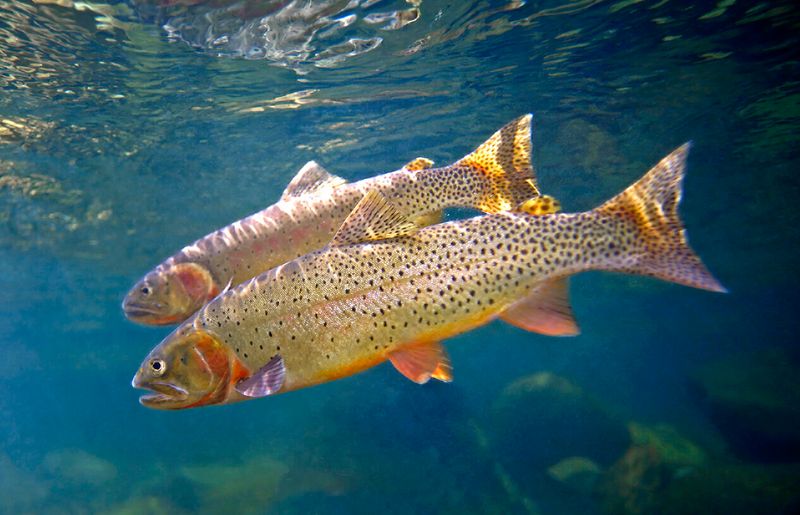
Flashing through Wyoming’s crystal-clear streams, the Yellowstone cutthroat trout displays its namesake crimson slash beneath its jaw. This native fish thrives in cold, clean waters across the state, drawing anglers from around the world.
As a keystone species, cutthroats connect aquatic and terrestrial ecosystems. Bears, eagles, and otters depend on their annual spawning runs when the fish swim upstream in massive numbers.
Climate change and introduced species threaten these beautiful fish. Conservation efforts focus on protecting their habitat and genetic purity. For many Wyoming residents, nothing represents their state’s wild waters better than the sight of a cutthroat’s speckled body gleaming beneath the surface.
9. Beaver – Nature’s Engineers

Armed with powerful jaws and flat tails, beavers transform Wyoming’s waterways more than any other animal. Their intricate dams create wetlands that support countless other species and improve water quality throughout watersheds.
These industrious rodents can fell trees several times their size and build lodges with underwater entrances that keep predators at bay. Their thick fur and specialized lungs allow them to stay submerged for up to 15 minutes!
Wyoming’s beaver populations play a crucial role in fighting drought by storing water and reducing erosion. Walking along a stream altered by beavers reveals a landscape of pools, meadows, and diverse plant life – a testament to how one species can engineer entire ecosystems.
10. Mountain Lions – The Silent Stalkers

Few Wyoming wildlife encounters stir as much awe as glimpsing the tawny form of a mountain lion. Also called cougars or pumas, these powerful cats move like ghosts through forests and canyons, rarely seen despite their size.
Capable of leaping 40 feet horizontally and 15 feet vertically, mountain lions are perfectly adapted predators. Their specialized paw pads allow silent movement across any terrain.
Wyoming’s healthy mountain lion population helps control deer and elk numbers. Most people never see these elusive cats in the wild, though their tracks in snow or mud reveal their presence. A mountain lion sighting represents one of the rarest and most treasured wildlife experiences the state offers.
11. Sage Grouse – Dancers Of The Sagebrush Sea
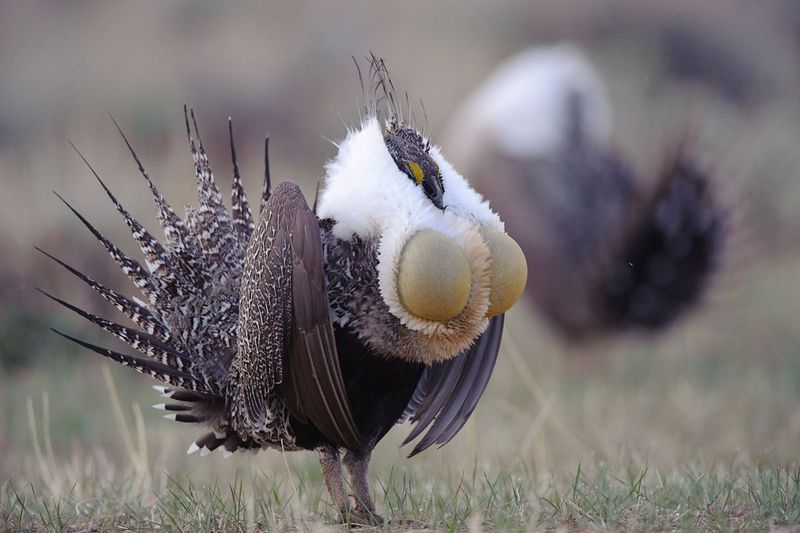
Male sage grouse create one of Wyoming’s most extraordinary wildlife spectacles each spring. Gathering at traditional breeding grounds called leks, they inflate bright yellow air sacs on their chests and fan their spiky tail feathers in elaborate courtship displays.
These chicken-sized birds depend entirely on sagebrush ecosystems, eating sagebrush leaves even in winter when most animals can’t digest them. Their specialized stomachs can process the plant’s toxic compounds!
Wyoming contains more sage grouse habitat than any other state. Conservation efforts focus on protecting these unique birds and their diminishing sagebrush home. Witnessing dozens of males dancing at dawn, their booming calls echoing across the prairie, offers a glimpse into wild Wyoming few experiences can match.
12. Elk – Kings Of The Mountain Meadows

Fall in Wyoming brings the haunting bugle calls of bull elk echoing through mountain valleys. These magnificent deer gather harems of females during the rut, their massive antlers serving as symbols of dominance and strength.
Wyoming hosts the largest elk herd in North America in its Greater Yellowstone Ecosystem. Each spring and fall, thousands make epic migrations between summer and winter ranges, following ancient routes their ancestors traveled for centuries.
Native Americans and early settlers depended on elk for survival. Today, they remain vital to Wyoming’s ecology and economy through wildlife tourism and regulated hunting. Watching a bull elk standing regally in a misty meadow embodies the wild heart of the American West.
13. River Otters – Playful Water Acrobats
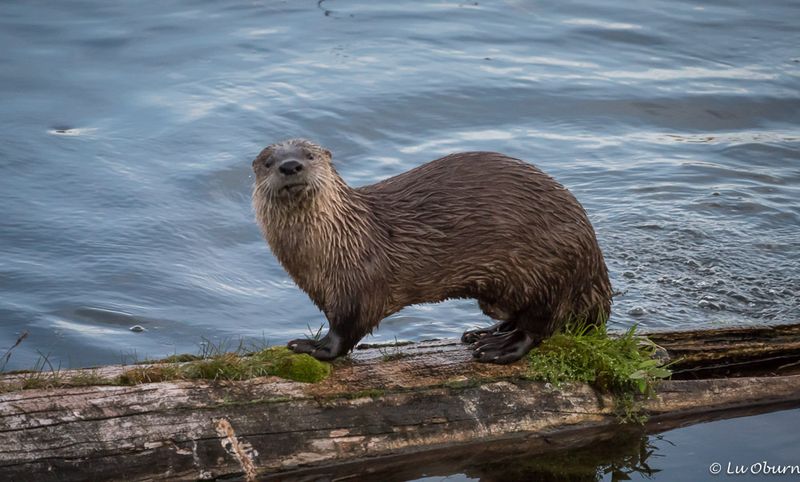
Sleek and playful, river otters bring joy to Wyoming’s waterways with their acrobatic antics. Watching them slide down muddy banks, chase each other through rapids, or float on their backs cracking shellfish on their chests never fails to bring smiles.
These skilled swimmers can hold their breath for up to eight minutes while hunting fish, frogs, and crayfish. Their dense fur – about a million hairs per square inch – keeps them warm in the coldest mountain streams.
Wyoming’s healthy otter populations indicate clean, thriving aquatic ecosystems. Though primarily active at dawn and dusk, lucky visitors might spot their distinctive v-shaped wake moving across a lake or their tracks in mud along riverbanks.
14. Golden Eagles – Rulers Of Wyoming’s Skies
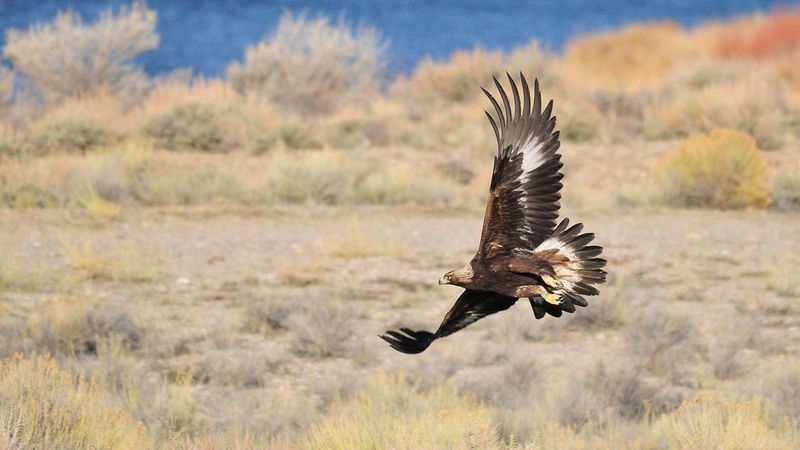
With wingspans reaching seven feet, golden eagles command Wyoming’s skies with unmatched majesty. These powerful birds soar effortlessly on thermal currents rising from the state’s rugged terrain, scanning vast areas for prey with vision eight times sharper than human eyesight.
Wyoming hosts North America’s highest concentration of nesting golden eagles. Their immense nests – used for generations and growing larger each year – can weigh up to a ton!
These magnificent raptors mate for life and can live over 30 years in the wild. Indigenous cultures revere them as spiritual messengers. Few wildlife experiences match the thrill of watching a golden eagle dive at speeds approaching 150 mph to capture prey on Wyoming’s wide-open plains.
15. Badgers – Tenacious Diggers Of The Prairie
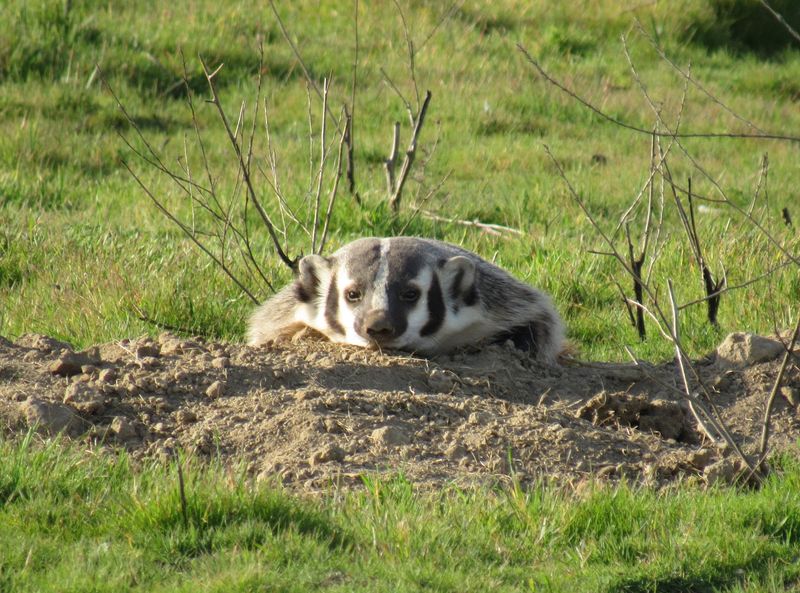
Low to the ground but high on attitude, badgers epitomize Wyoming’s frontier spirit. These powerful diggers can disappear underground in minutes, creating complex burrow systems across the state’s grasslands.
Their distinctive black and white striped faces and flattened bodies make them instantly recognizable. Despite weighing just 15-20 pounds, badgers fearlessly take on animals much larger than themselves when threatened.
Master excavators, they use their long claws to unearth ground squirrels, prairie dogs, and other burrowing prey. Wyoming’s healthy badger population helps control rodent numbers naturally. Though primarily nocturnal, early morning travelers occasionally spot these determined hunters patrolling prairie dog towns with methodical precision.

